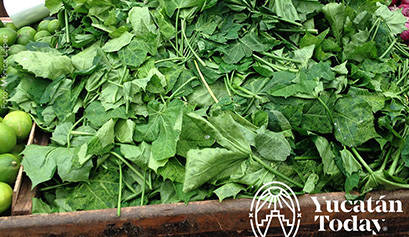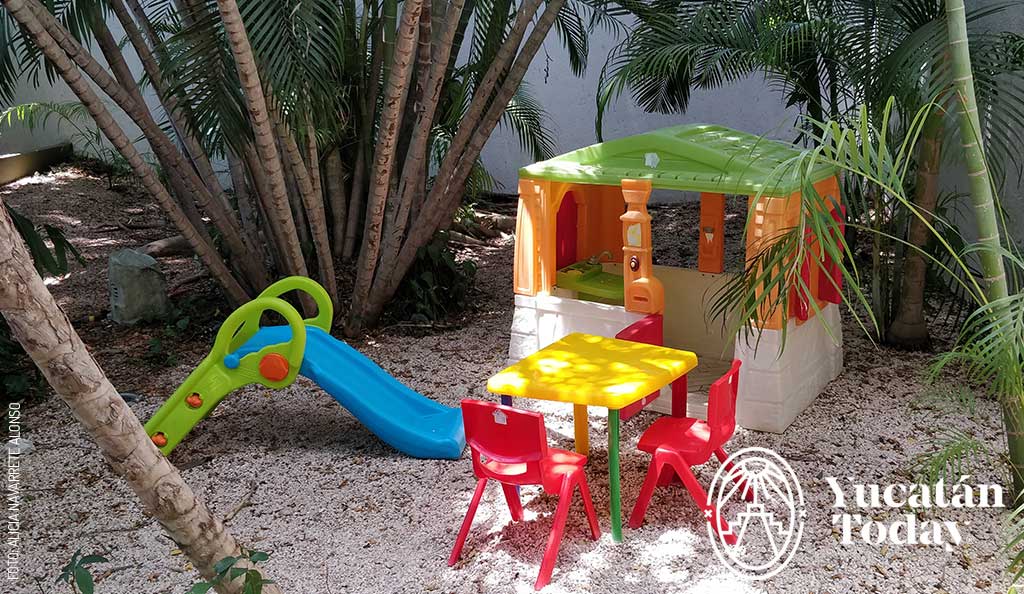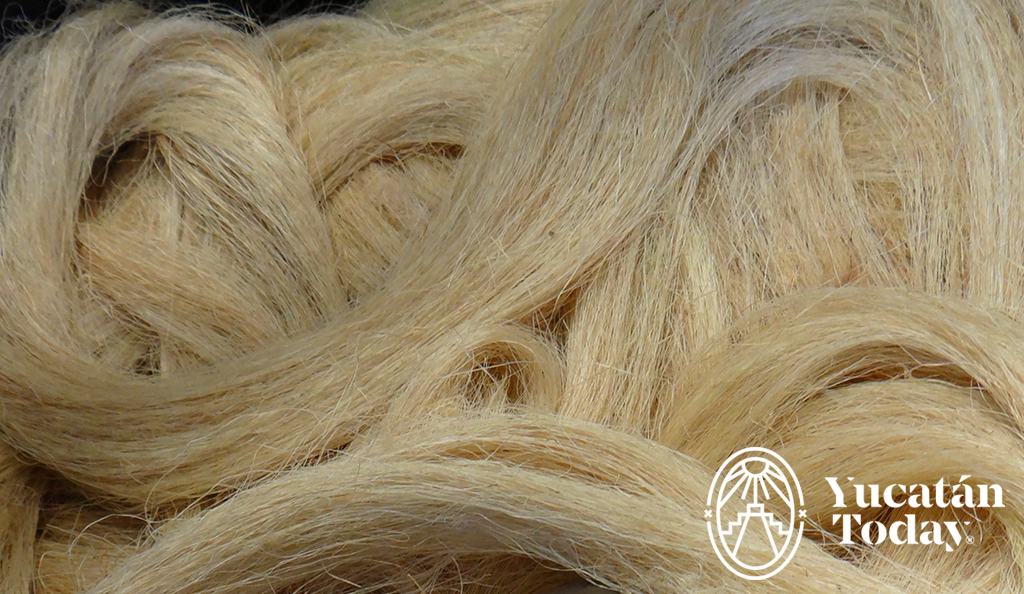
Chaya, its Nutritional Properties
It has never gone unnoticed. When the Spaniards first touched these lands, the chaya bush and the various ways that the natives used it caught their attention.
The leaves have long stems which produce a milky juice: they are wider than long with three points on each side, or irregular shape, soft green on one side and green on the other, with spiny hairs that cause a rash when touched. The newly arrived Spaniards saw it as a bush with weak branches, lots of resin, and leaves that looked like cabbage, which was cooked and good to eat accompanied by fatty bacon. This is precisely how Fray Diego de Landa describes it in the pages of The Relation of Things of Yucatán.
Where does Chaya grow?
Chaya grows in the coastal regions of the Gulf of Mexico and the Caribbean Sea. Its discovery is an excellent legacy of the Maya culture. According to researchers, the leaves and stalks were used. The researchers also claim that when they analyzed the leaves, they found the chemical composition to be quite impressive as they are rich in iron, calcium, Vitamin A, and most importantly in Vitamin C.
Chaya, raw or cooked?
Chaya must be cooked, as the raw leaves are toxic; they contain hydrocyanic acid. This element can accumulate in your organism in a similar way that leads accumulates. Cooking is essential prior to consumption to inactivate the toxic components. Here is a scientific article: ( http://edis.ifas.ufl.edu/mv045 ) And if you want more info, do a Google search for "hydrocyanic acid."
The Investigation of José Díaz Bolio
José Díaz Bolio (1906 – 1998), a well-known Mayanist, wrote an ethnobiological chronicle dedicated exclusively to the vegetable. He wrote that when chaya is combined with corn and squash seed–called zizquil–an exceptional food is formed, one that is capable of sustaining the human being for long periods of time. This Meridian specialist, who also worked in his father’s pharmacy producing medicines and cosmetics, also noted that a mixture of chaya and soybean flour was a very nutritious combination. He even tells a story of his own personal experience when he made a mixture of the two ingredients and drank it. He took two tablespoons of soybean flour and blended it with five regular-sized chaya leaves and half a glass of water. Separately, he boiled one glass of water. Just as it started to boil, he slowly added the blended mixture and cooked it for 20 minutes stirring it the entire time. Then he removed it from the flame and then used natural honey to sweeten the mixture.
“The result was,” says Diaz Bolio, “that at three o’clock in the morning, we woke up with an unusual physical energy. It was as if we had eaten a quarter of a kilo of beef, but without the inconveniences of beef. We felt saturated with energy so we turned on the light and got to work!”
A poet, journalist, and historian, he recommends we try this combination of chaya and soy, adding corn and ground-up squash seeds (ziquil) if you want a high-energy food that at the same time is pleasant tasting.
Recommendations by José Díaz Bolio
In addition to the warning above about not eating it raw, it is important to mention the two important recommendations made by the researcher.- The first indicates that, due to its rich content of proteins, it is not advised to consume it in excess, as too much protein can contribute to cancerous tumors.
- The second advice is not to cook or leave chaya in aluminum cookware, because its juices or broth attacks the aluminum, converting it to a beverage with toxic results.
Read more about Chaya
NOTE: Yucatán Today does not take responsability for your medical decisions. Consult your doctor.

Author: Yurina Fernández Noa
Cuban journalist with a vast career at media like Diario Las Américas. Her expert, sensitive writing masterfully explores stories and traditions, unveiling diverse cultures.
¡Receive the latest articles and much more from the best of Yucatán in your email!
Related articles

Driving Tips for Yucatán
There's no better way to see Yucatán than to rent a car, grab a map and go exploring. Here are some things to consider when planning a road trip....
Restaurants with Play Areas You May Not Know About
Won't somebody please think of the children? We share 5 restaurants with play areas for kids to enjoy while adults are having a great time.



 It has never gone unnoticed. When the Spaniards first touched these lands, the chaya bush and the various ways that the natives used it caught their attention.
It has never gone unnoticed. When the Spaniards first touched these lands, the chaya bush and the various ways that the natives used it caught their attention.
